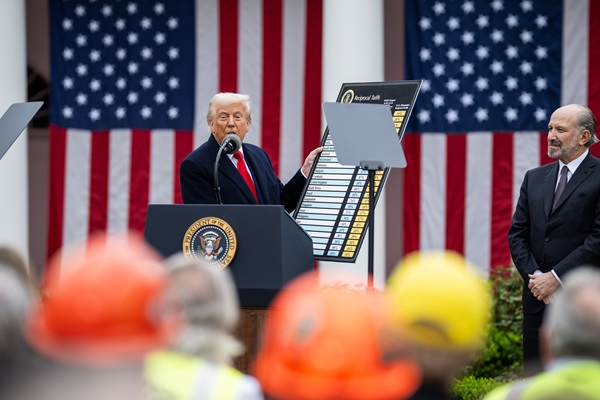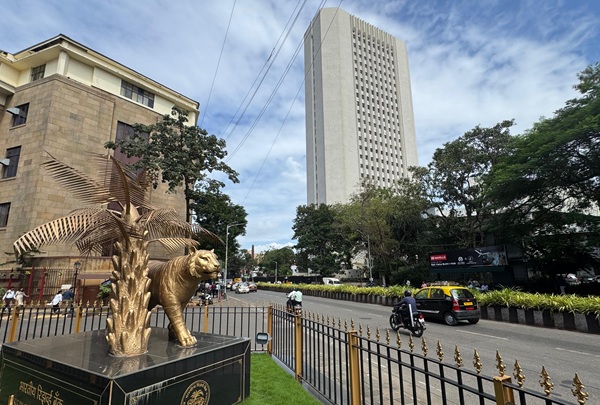.png)

Chandrashekhar is an economist, journalist and policy commentator renowned for his expertise in agriculture, commodity markets and economic policy.
September 1, 2025 at 12:26 PM IST
Trump’s punitive 50% tariff on Indian exports to the US has generated panic not only within government circles but also in labour-intensive export sectors such as textiles, gems and jewellery, leather goods, and marine products.
Fear of a sharp decline in exports to the US and the consequent, potentially devastating, job losses at home has spurred policymakers into damage-control mode. Suddenly, we are overwhelmed by events. Dependency has evolved into vulnerability, and the country appears underprepared to weather the storm.
Did we learn anything from Trump’s earlier stint in the White House between 2017 and 2020? It seems not.
In 2019, Trump imposed tariffs on India’s steel and aluminium exports and demanded greater market access for US dairy, farm commodities, and medical devices. India was also excluded from the Generalised System of Preferences scheme.
India retaliated with higher duties on US goods such as lentils, apples, and tree nuts. Even then, the danger of Trump targeting labour-intensive sectors was real, though the issue did not escalate.
The years that followed brought greater disruption. The COVID-19 lockdowns shattered global supply chains, leaving exporters stranded and importers scrambling for essentials. The Russia-Ukraine conflict deepened the crisis, with sanctions creating an energy shock in Europe and the Black Sea blockade curbing food shipments.
While many governance lessons emerged from these upheavals, India largely carried on with a business-as-usual mindset. That complacency now risks a heavy price.
Other countries drew clearer conclusions. First, do not be overly dependent on a single market; diversify your exports geographically. Second, spread import sources rather than rely on one or two origins. Third, maximise exports and restrain imports to sustain the trade balance.
It is unclear how far Indian policymakers have absorbed these lessons. Risks are ever-present: some unforeseen, others foreseeable. COVID-19 could be classed as both unforeseen and unforeseeable. Trump’s tariff tantrums, by contrast, were foreseeable given past experience, yet we failed to identify the risk or shield the economy.
Exports are critical for foreign exchange earnings, but India also has a vast domestic market of over a billion people waiting to be better served. Yet dependency on imports remains acute, with gold at nearly 100%, crude oil at over 80%, vegetable oils at over 60%, pulses at over 20%, along with coking coal, fertiliser, chemicals, and electronics.
Two hypothetical but plausible scenarios underscore the danger. First, if Trump and Putin were to mend ties and Western sanctions on Russia were lifted, would Russia continue to sell India discounted crude and accept rupee payments? Do we have a plan for such an outcome?
Second, consider vegetable oil. India imports approximately 15 million tonnes annually, worth $15 billion, of which palm oil alone accounts for 9 million tonnes, valued at $10 billion. What if Indonesia and Malaysia curbed supplies or raised export taxes? Indonesia already runs a $12 billion trade surplus with India, exporting not just palm oil but also coal, timber, and nickel. Despite frequent rhetoric about self-sufficiency in oilseeds and edible oils, effective policies remain elusive.
This is where dependency turns into vulnerability. India’s policymaking is still reactive crisis management rather than a long-term strategy. History keeps offering lessons. The challenge is to be a better student.




